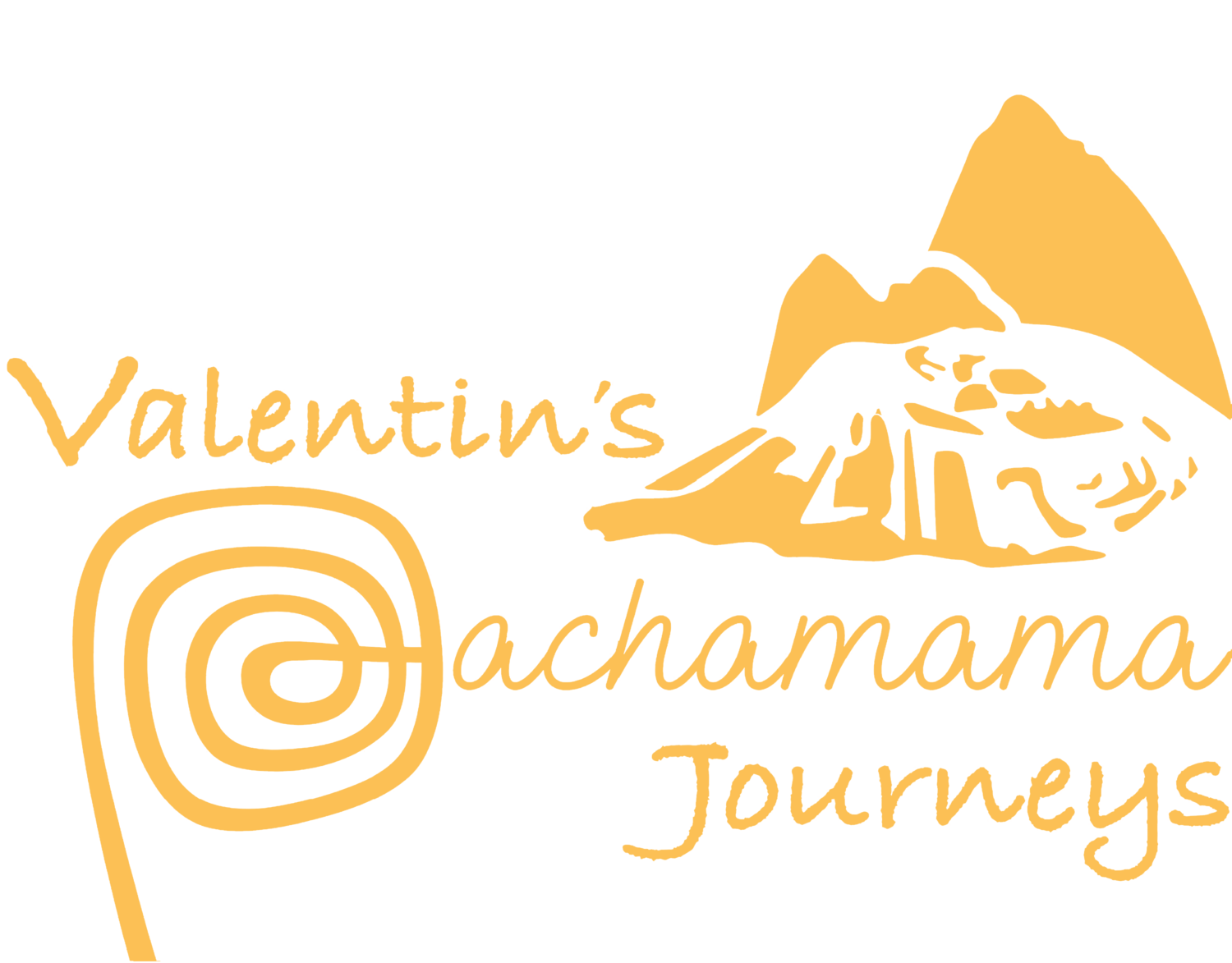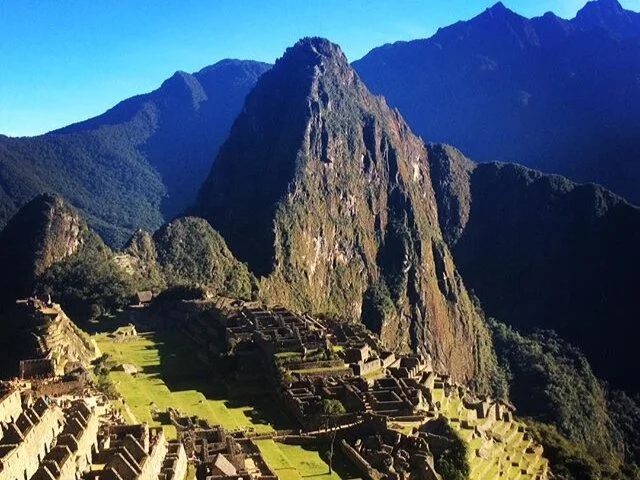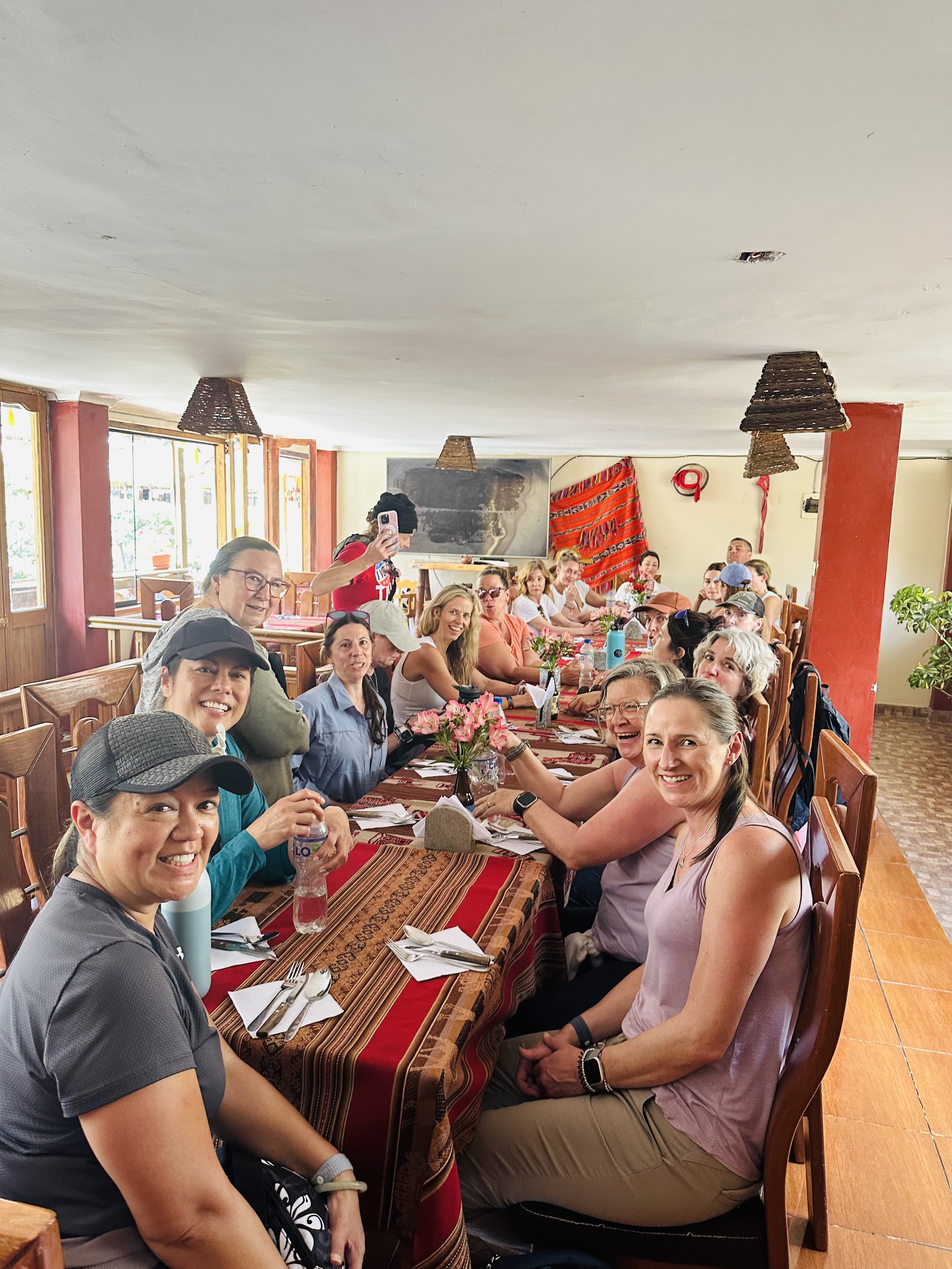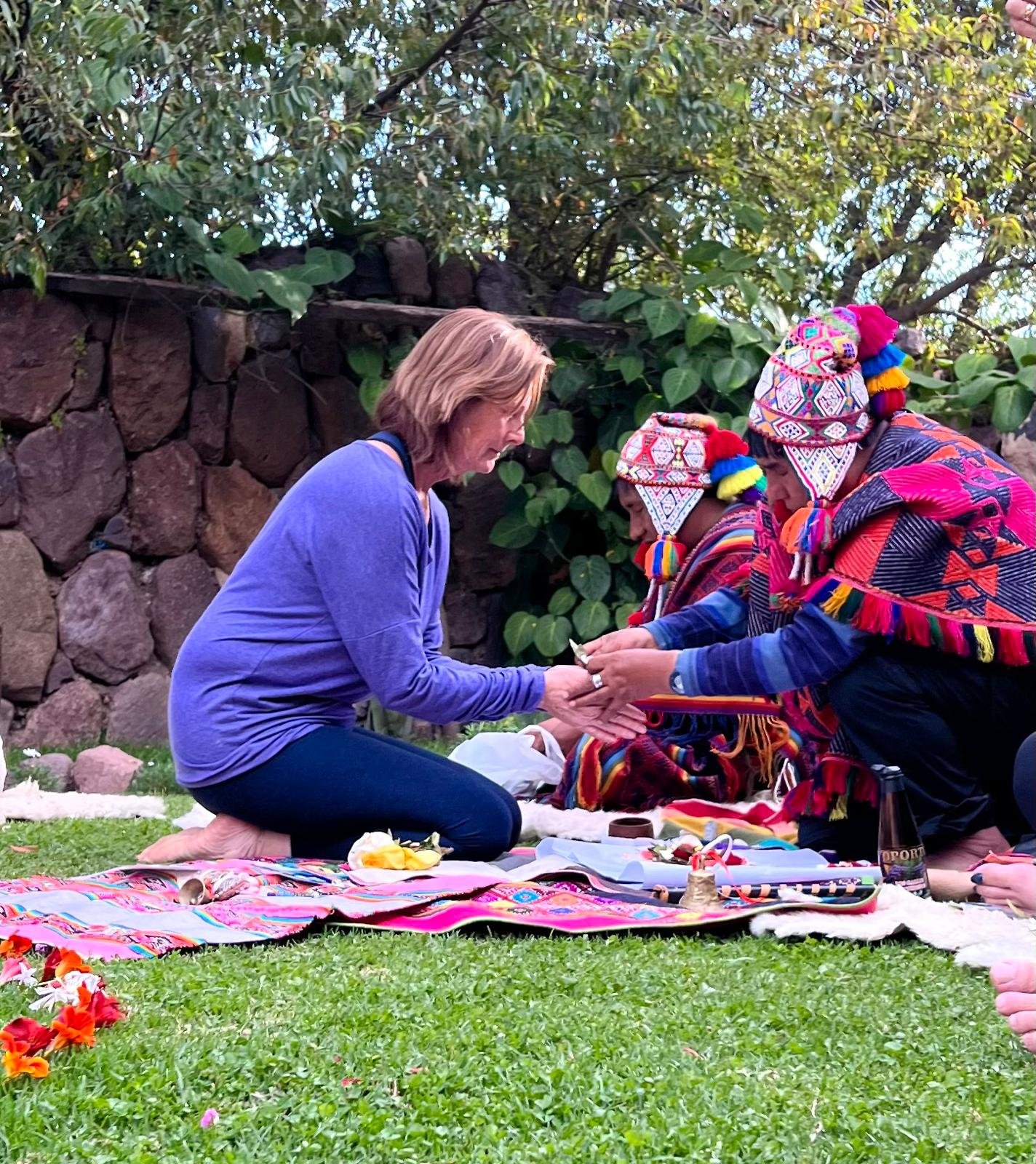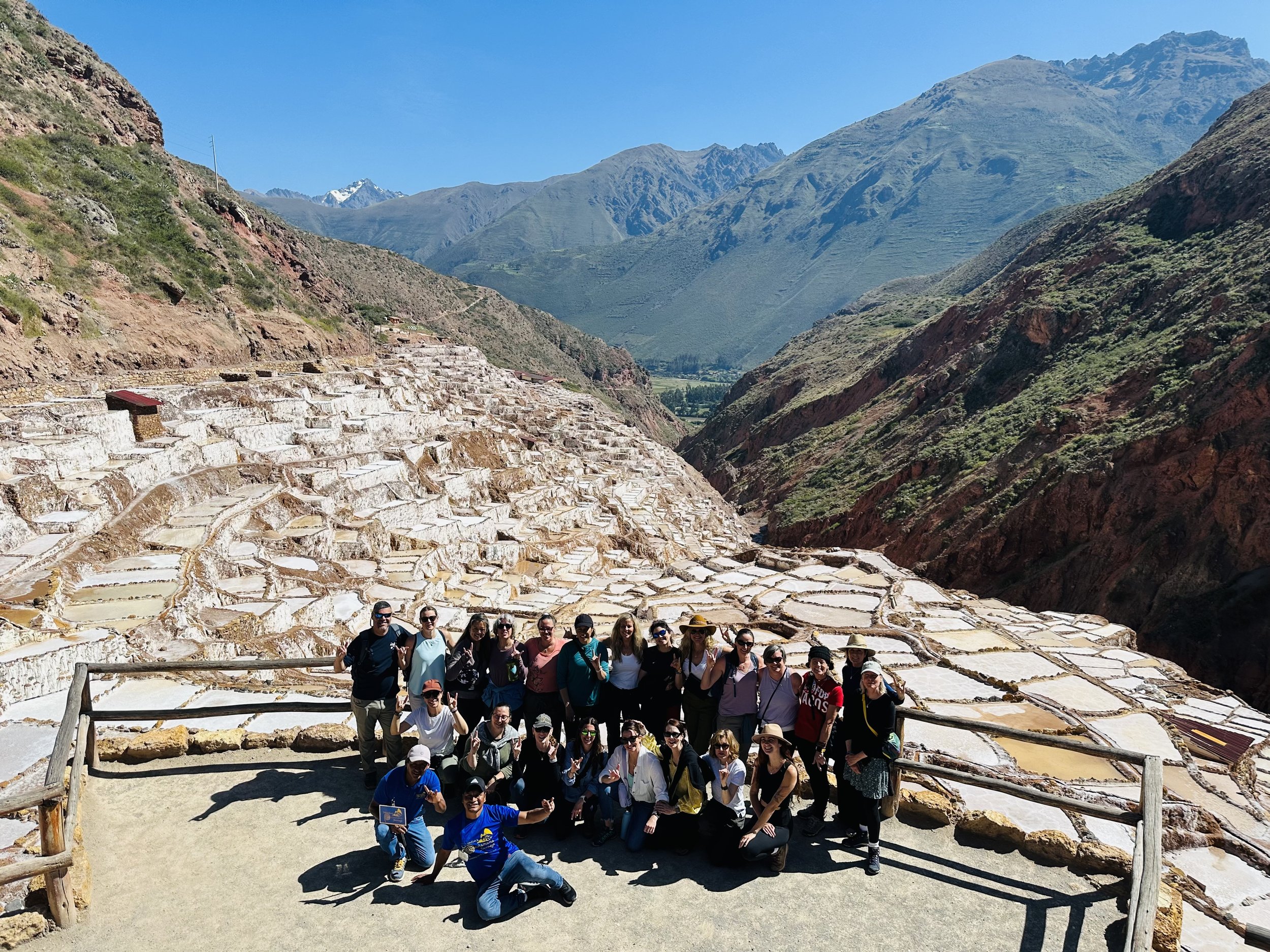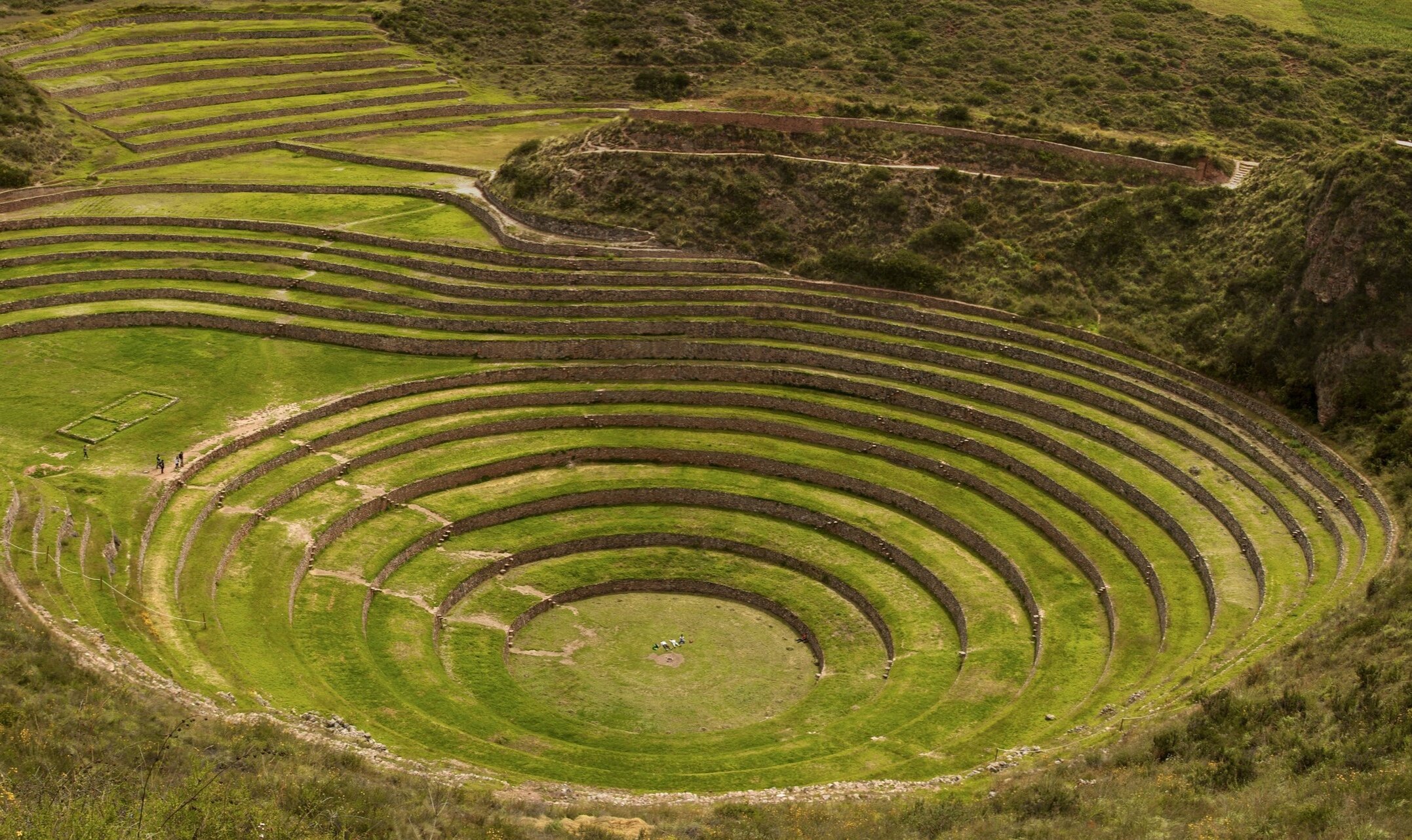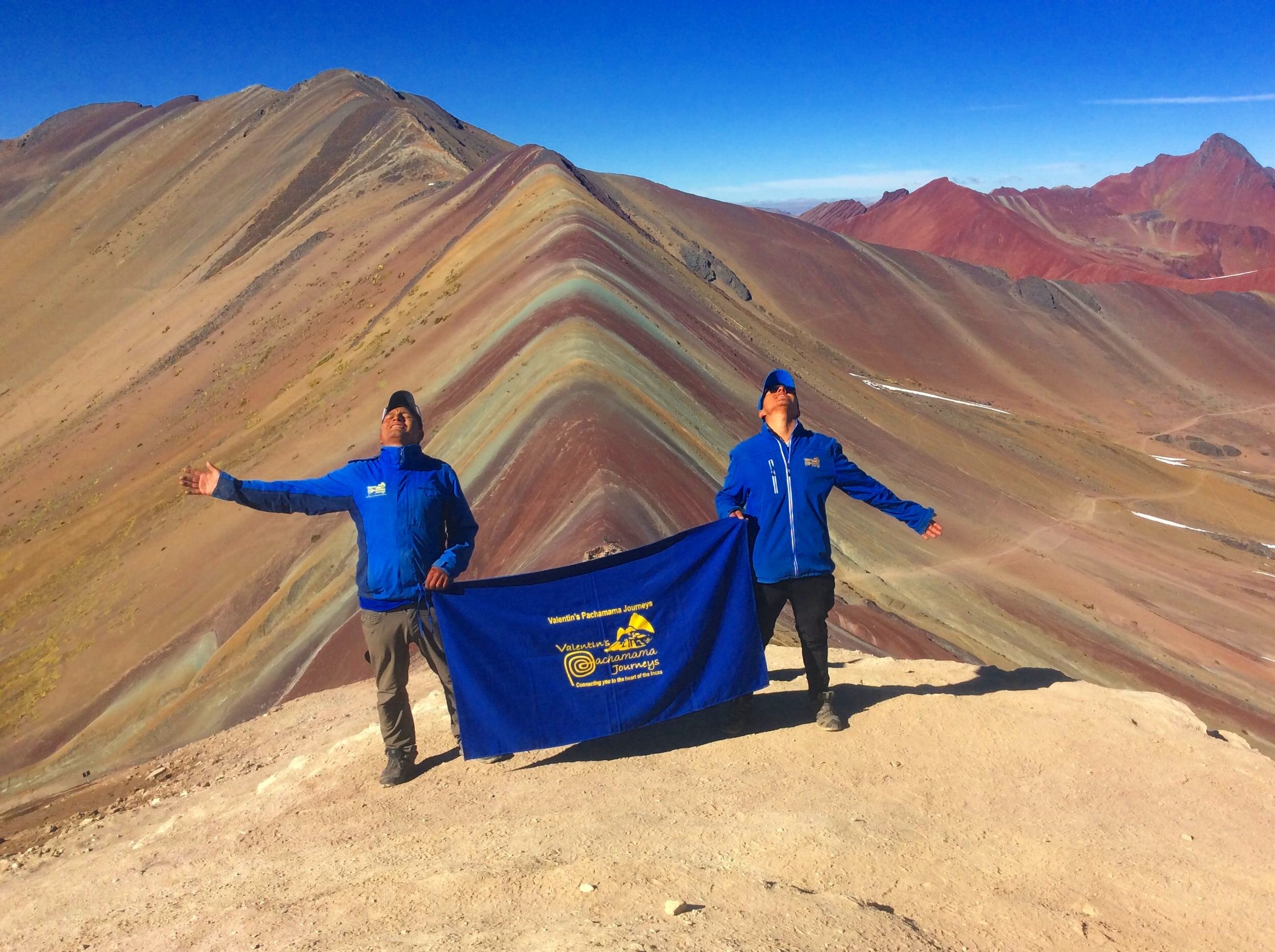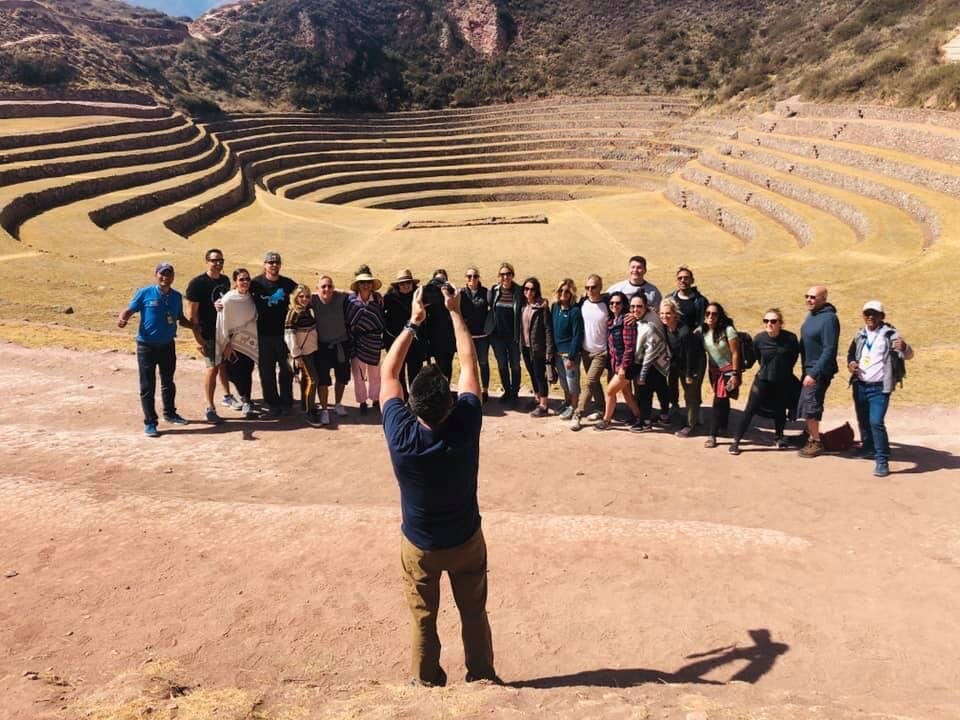MACHU PICCHU & SACRED VALLEY TOURS
2 DAYS | 3 DAYS | 4 DAYS
Machu Picchu and Sacred Valley tour itinerary
Our Machu Picchu and Sacred Valley tour showcases the best markets and Inca ruins in Peru’s Cusco region.
We offer two, three, and four-day versions of this Sacred Valley and Machu Picchu combination, with a flexible itinerary tailored to your needs.
Start from/return to Cusco or Ollantaytambo.
Highlights: (4 days for everything):
Sacred Valley
Chinchero weavers
Maras Salt Mines
Moray ruins
Vistadome train to Aguas Calientes
Private, in-depth tour of Machu Picchu
Ollantaytambo
Pisac market
Urubamba
Cusco city tour
There are also options to visit a local farm and see how locals have farmed the fertile Sacred Valley over the centuries, as well as try chicha, the local Inca maize beer.
Don’t forget to read our FAQs, covering altitude, money, COVID, and more.
Machu Picchu and Sacred Valley tour itinerary
DAY 1
Chinchero, Maras, Moray and transfer to Aguas Calientes
We pick you up from your hotel around 08:30 am. From Cusco or the Sacred Valley, we enjoy a 45-minute drive through beautiful Andean mountains and farmlands to the town of Chinchero.
Centro de Textiles Tradicionales del Cusco
In Chinchero, we visit the women's weaving cooperative where we watch a demonstration of local weavers. They use traditional Inca techniques for dyeing fabric and for weaving traditional patterns. The local community has used its internationally-renown weaving skills to regenerate the village.
There is time to browse in the shop, where the items you’ve seen being made are sold. This is a great place to get a souvenir, from Inca-style purses, colorful tablecloths, wall hangings, and many more exquisitely patterned artisanal goods.
Maras Salt Mines
We hop back in the car and drive to the spectacular Maras site, a collection of salt mines that have been used since pre-Inca times.
Workers channel an underground stream into various salt ponds. There are around 5,000 separate salt ponds, albeit not all of them are in working use at the same time. The local community has to work hard and cooperatively to maintain the balance between salt and sweet water, evaporation, and keeping the pond walls in good order. The strong Andean sun evaporates the water to leave the highly-prized salt. Some salt is white in color, some red and some brown and you can find Maras salt for sale in the area.
Moray ruins
Next on our itinerary is a visit to Moray (3,500m/11,500ft). This is an unusual and spectacular set of ruins; concentric circles that are thought to have made up an Inca agricultural laboratory. Some of the terraced circular depressions are 30m/98ft deep, creating a wide variety of temperatures within them.
We walk further down into this archaeological site to see some ruins that may have served as one of the main amphitheaters for the Incas. Rituals and ceremonies may have been performed here. Having fully explored Moray, we make the short trip down into Urubamba where we enjoy lunch in a local restaurant.
In the afternoon we board the train for a spectacular two-hour journey to the town of Aguas Calientes, the town at the foot of Machu Picchu. The train ride allows for spectacular views of the countryside, so keep your camera well charged.
Train options:
Expeditions at 19:00 pm (included)
Vistadome train at 15:37 pm (extra 55 USD one way)
On arrival into Aguas Calientes, we take you to your hotel, and your evening is free. We wake early the next day for the tour of Machu Picchu.
Moray Inca ruins, Peru
DAY 2
Machu Picchu and return to the Sacred Valley or Cusco
The first entry into Machu Picchu is at 6 am. After that, entrance is available on the hour, every hour, until the last entry at 2 pm. Please ask about which time is best for you.
With your guide, you head to the bus stop. From here, it’s a 20-minute bus ride up a zig-zag path to the entrance to the Machu Picchu ruins. All guided tours last around two hours. There is free time to take pictures and add on a visit to Huayna Picchu or Machu Picchu Mountain (early morning entry required).
Below are some of the highlights you will see.
Intihuatana (Sun Clock)
This mysterious and beautiful sundial was carved directly into the bedrock of Machu Picchu. Much is not known about its unusual design and markings. What is known is that it aligns with the sun during the winter solstice (June 21 in Peru). At midday, the main stone casts no shadow at all.
The Temple of the Sun
The Temple of the Sun was the most sacred of all temples at Machu Picchu. It was most likely only accessed by priests and high-ranking Incas.
It is built over an enormous rock in a unique semi-circular fashion and features a tower and a trapezoidal window. It is believed that the Incas worshipped their sun god, called Inti, and other theories exist, too.
These range from being a royal tomb to being an observatory or a sacrificial center.
Temple of the Condor
This is one of the most spectacular sites at Machu Picchu. The Incas took a large, natural rock formation and sculpted it to take on the appearance of a condor in flight, wings spread and magnificent.
There are details alongside its majesty; a condor’s head and neck feathers complete the condor. A mummy was found in a small cave under the rock and there is speculation that sacrifices happened here, too. Behind the temple are a prison complex and dungeons.
Temple of the Three Windows
We will see this temple in the Sacred Plaza area of Machu Picchu. It is a large structure, with three walls and the main attraction is the three large windows.
There are many theories as to why there are three windows. Your guide will discuss their and your opinions during the tour.
Huayna Picchu and Machu Picchu Mountain
Huayna Picchu
You need to buy a permit (numbers limited) to climb Huayna Picchu and it does sell out a long way in advance. Please ask us for more information.
It is well worth the entry fee. It’s an energetic 1-2 hour walk to the top with steep staircases and steel cables to help at points. In wet weather, it can be slippery. Once you make the top, you have a new and wonderful perspective over Machu Picchu. Huayna Picchu also offers access to the Temple of the Moon, one of the three main temples at Machu Picchu.
The peak of Huayna Picchu sits at 2,693m/8,835ft, around 260m/850ft higher than Machu Picchu.
Huayna Picchu is not recommended for people with vertigo or fear of heights. There are some steep stairs and vertiginous areas.
Machu Picchu Mountain
Like Huayna Picchu, you need a pre-bought permit for Machu Picchu Mountain. It doesn’t sell out as fast, but it is still recommended to buy the ticket as soon as possible.
The Machu Picchu Mountain trek is considered to be a moderate to challenging trek. You follow an original stone Inca Trail up to its peak, at 3,082m/10,111ft, which offers breathtaking views of the ruins and the valleys, and is 652m/2,139ft about Machu Picchu.
We recommend around 90 minutes to climb up and an hour to descend. During the wet season, the trail can become more slippery. Again, this is not suitable for people with a fear of heights - in places the trail is very steep and often follows the mountain edge.
Machu Picchu Ruins
Aguas Calientes hot springs
The town of Aguas Calientes sits at the foot of Machu Picchu. It is named after the warm, thermal waters that come to the surface. If you have time, it’s well worth paying the entry fee for an hour or two to soak in the warm waters.
Extend or end your tour
Having visited the ruins, we retrace our steps to Aguas Calientes for lunch. From here, you have many choices.
End the tour in Sacred Valley or Cusco (2 days)
Extend the Sacred Valley Tour (to 3 or 4 days, see below)
Add more of our exciting tours
If you end the tour today, you arrive in the Sacred Valley around 7 pm and into Cusco around 08:30 pm.
We recommend staying at Ollantaytambo, so you are in place for the next day’s tour.
Machu Picchu ruins, Peru
DAY 3
Ollantaytambo, lunch, and Sacred Valley farm tour, local market & Pisac
After breakfast at your hotel, we visit the Inca ruins at Ollantaytambo (2,792m/9,160ft).
Ollantaytambo is one of the best-preserved Inca towns in all of Peru. Many of the original buildings from the 15th century are still standing. Ollantaytambo was an important town – it was home to the Inca emperor Pachacutec – and was the base for military victories against the Spanish.
Today we explore the exquisite terracing, fountains, aqueducts, and ruins that surround the town. A highlight is Temple Hill with its Sun Temple and the impressive Wall of the Six Monoliths. The Pinkuylluna Inca storehouses are also spectacular.
Farm visit
We then drive 20 minutes to the town of Yanahuara where we visit a farm. This gives an insight into how locals still work and depend on this fertile land.
We walk the farmlands, cut alfalfa to feed the guinea pigs, and see first-hand how chicha – Inca maize beer - is made. This is followed by a picnic lunch, eaten outside overlooking the Sacred Valley.
Urubamba market
After lunch, we go to the local market in Urubamba. Here we see local families selling things such as fruits, vegetables, flowers, and natural medicinal plants. Your guide shows you the market and you can taste Peruvian fruits and foods such as passion fruit, lucuma, and chirimoya.
Pisac market and ruins
Our final visiting point today is Pisac – and it’s not just the market to see – there are majestic ruins at Pisac. We see terraced Inca ruins that are situated high on a mountain. From here, we climb to the top of the ruins and take in amazing views of the Sacred Valley. Your guide can explain the religious, astronomical, and military functions of these ruins at Pisac.
After visiting the Inca ruins, there will be a chance to hike on a little-known, seldom used original Inca trail and through a tunnel that was built by the Incas. One of the largest Inca cemeteries is also located in the ruins at Pisac and we can tour this part of the site, too.
We conclude the tour with a trip to the Pisac handicraft market where you can find great souvenirs, from ceramics to jewelry to woven goods.
At the end of day 3, we can drop you off at your Cusco hotel and the tour ends, OR we can add in a Cusco tour on day 4.
Pinkuylluna Inca storehouses, Ollantaytambo, Peru
Day 4
Cusco City Tour
Early morning, your guide picks you up for your Cusco tour from your hotel. The city is perfect for exploring on foot. This day trip is ideal for starting to acclimatize to the high altitude of Cusco (3,400m/11,155ft).
Our first stop is to the bustling San Pedro market, where many Cusqueños start their day. We stop to have coffee or tea and take a tour of the stands that sell everything from fruits and vegetables, meats, and medicinal plants.
More about San Pedro Market
San Pedro Market is a full sensory experience. On the way in you will notice street vendors in traditional dress, hawking snacks, herbs, and other dry foods. There is a myriad of stalls inside, selling everything from local food to souvenirs to freshly squeezed juices from a dizzying array of fruits (make sure yours is made with bottled water to avoid an upset stomach). Colors and smells flood your sense. Your guide will help you with any purchases you wish to make – haggling can be great fun – as well as trying local fruits and foods.
Plaza de Armas and Cusco Cathedral
After enjoying the market, we walk to Cusco’s main, central plaza, called Plaza de Armas. This plaza is a great place to return to at another point and enjoy a coffee from one of the balconies of a coffee shop while people watching.
On our city tour, we head to The Cathedral Basilica of the Assumption of the Virgin (Cusco Cathedral), built between 1560 and 1654 in the Gothic-Renaissance style. The Incas included some of their symbols – there is the carved head of a jaguar on the main cathedral doors.
We head into the cathedral, you can see a massive silver altar and a painting of the last supper where they are eating guinea pigs.
Coricancha Temple
Our next stop-off is Coricancha Temple, the most sacred Inca temple dedicated to Inti, the Inca Sun God. When the Spaniards arrived at Cusco, they demolished Coricancha Temple but kept the foundations on which they built Santo Domingo Convent. Your guide will explain the important role of this temple in both Inca mythology and Spanish colonization.
Lunch is usually taken around noon-1pm, depending on how hungry you are feeling. Your guide will take you to a local restaurant where you can try any number of local dishes, including cuy (guinea pig) if you wish.
Sacsayhuaman
After lunch, we hop into our waiting vehicle and drive 15 minutes to the UNESCO world heritage site of Sacsayhuaman.
Sacsayhuaman is located on a steep outcropping overlooking Cusco. This Inca site is composed of massive boulders held together without mortar. It was an important site for military and ceremonial purposes.
You will be given a private tour of the site and we go to a vista where there are great views over the city of Cusco. We return by private transport to your hotel in Cusco, and the tour ends.
Prices
Minimum 2 people
2 DAYS
Groups of 2-4: $660 per person
Groups of 5 or more: $590 per person, single hotel supplement of $60, upgraded hotel available on request for extra fee
4 DAYS
Groups of 2: $895 per person
Groups of 3-4: $870 per person
Groups of 5-6: $840 per person
Groups of 6 ore more: $788 per person
Not included: Entrance to Inca sites, cathedral, & hotel on days 2 or 3
3 DAYS
Groups of 2: $790 per person
Groups of 3-4: $735 per person
Groups of 5-6: $709 per person
Groups of 6 or more: $656 per person
Not included: Hotel on day 2 or 3, entrance to Pisac and Ollantaytambo see above for Boleto turistico, lunch, & dinner.
Hotel booking available on request
-INCLUDED-
Private transport, train to and from Aguas Calientes (Expedition or Vistadome available for extra $55pp one way, $110 return), bus tickets to and from Machu Picchu, entrance fees to Machu Picchu, private guided tour of the site, hotel in Aguas Calientes (Tierra Viva or similar caliber--upgrades possible if desired), private transport to hotel upon return, & snacks.
-NOT INCLUDED-
Lunch and dinner both days, Boleto Turistico for entrance into Ollantaytambo (130 soles-$37 covers entrance to Pisac, Ollantaytambo, Chinchero, Moray, multiple museums in Cusco, and Sacsayhuaman or half ticket: 70 soles--$23 which covers only some of these sites), alcohol, & gratuities.
Suggested tours
Gallery
<- BACK
